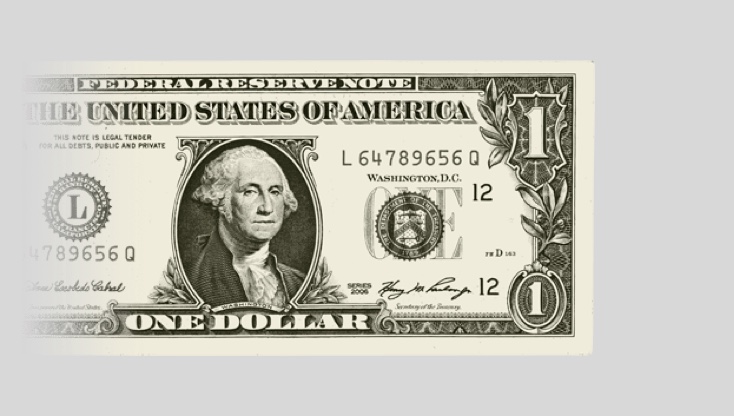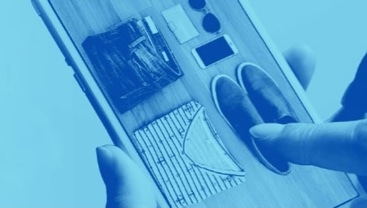You’ve done your research, evaluated trends and assessed the marketplace. Now it’s time to place a trade.
After clicking the TRADE button within the corn section of the heatmap, you’ll be given a breakdown of current market information. Then, you put your analysis to work.
Step 1. Order Types
In the simulator, you'll be limited to trading the contracts that expire next, often referred to as the front month. In this instance, that's December. There are four order types to choose from: market, limit, stop and stop-limit. For this example, we'll focus on a market order, an order placed at any time during the trading session with the intention of immediately executing the entire order at the best available offer price (for buy orders) or bid price (for sell orders).
Step 2. Quantity
Select the number of units you want to buy or sell.
Understanding Quantities
To purchase one unit or futures contract does not mean you are purchasing a single cob or even stalk of corn. In fact, one futures contract of corn is equal to 5,000 bushels.
Step 3. Buying vs. Selling
Unlike stocks, you can sell futures without making a previous purchase. However, you cannot realize a profit in futures trading until you “flatten” your position – placing an order for the same quantity on the opposite side of the market.
If that rainfall has you thinking that prices in the corn market will spike, you'll purchase one corn futures contract in anticipation of that potential rise.
On the other hand, if that bumper crop came through and supply is set to exceed demand, you’ll sell in anticipation of a downward trend in prices.
Step 4. Confirm
Once you place your order, the confirmation screen gives you a summary of the transaction. One key piece of information: the notional value of your order, which is the number of contracts multiplied by the price of the last trade. The confirmation screen also shows the margin requirement for buyers or sellers to commit in order to hold a position for the future.
Step 5. Position Summary
Having decided to buy, you have a trading position that is now long one unit of corn. (Selling would result in a short position.) Your position is reflected below the trading chart in the position summary. You'll notice that prices – as well as your unrealized profit and loss – update in real time in the summary. That way, if the market moves in your favor, you can simply click flatten to even your position and realize a profit.
The Basics of Trading — Learn to Trade
Use our comprehensive tutorial to learn the core concepts of trading, then try your hand using our trading simulator.

The Basics of Trading
Try out our trading tutorial and our true-to-life trading simulator.





